Have you ever wondered how artists find their muse, turning ordinary moments into extraordinary works of art? Artistic inspiration is the spark that ignites creativity, guiding painters, musicians, and writers to craft masterpieces that resonate with audiences. In this journey, every stroke of the brush, every chord played, and every word written is a testament to the power of inspiration. From the quiet moments of reflection to the vibrant stories that unfold, artistic inspiration is a constant companion for those who seek it. Whether through famous tales or personal discoveries, the pursuit of inspiration is a universal experience that continues to evolve. Join us as we explore the world of artistic inspiration, uncovering the stories behind the art and the secrets to finding your own creative spark.
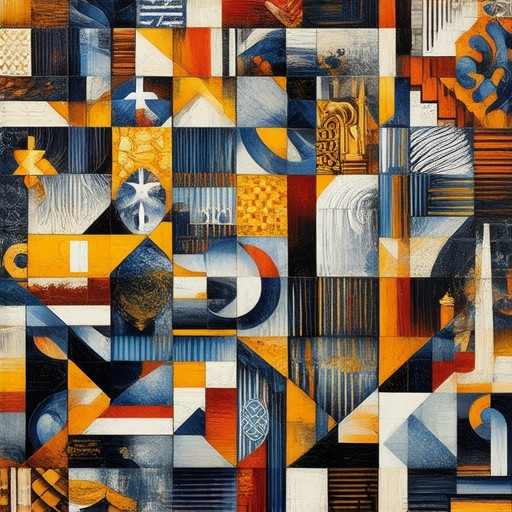
What is an Artist’s Inspiration?
An artist’s inspiration is the driving force behind their creativity, serving as the catalyst for their unique artistic vision. It encompasses a broad spectrum of influences that fuel their passion, guide their technique, and shape their style. Inspiration can come from various sources, including personal experiences, nature, culture, history, and the works of fellow artists.
Sources of Inspiration
- Art and Creativity : Inspiration often arises from observing the works of established artists. By studying their techniques, styles, and subject matter, artists can gain insights into how others convey emotion and tell stories through their art. For instance, the brushwork of Claude Monet or the color palettes of Georgia O’Keeff can inspire an artist to experiment with their own mediums.
- Nature and the World Around Us : Many artists find motivation in the natural world. Landscapes, seascapes, and flora/fauna often serve as subjects, while others draw from abstract concepts like light, shadow, and texture. The organic beauty of the world can evoke emotions and ideas that translate into artistic expressions.
- Personal Experiences and Memories : Life events, travels, and significant moments can be powerful triggers for artistic creation. A memory of a childhood trip or an emotional encounter can become the foundation of a piece, offering a deeply personal narrative.
- Cultural and Historical Context : Artistic movements, historical periods, and cultural traditions provide a rich tapestry of ideas. Understanding the background of a region’s art can help an artist connect with its essence and reinterpret it in a contemporary context.
- Music, Literature, and Other Arts : Artists often draw inspiration from other forms of creativity. Listening to music, reading literature, or watching performances can spark visual ideas and emotional responses that influence their artwork.
Techniques to Channel Inspiration
- Observation and Study : Regularly observe the world around you, whether through sketching, photography, or simply taking walks. Documenting your surroundings can reveal patterns, colors, and compositions that resonate with you.
- Experimentation : Don’t hesitate to play with materials, techniques, and styles. Trying new things allows you to discover unexpected combinations that can lead to breakthroughs in your work.
- Reflection and Journaling : Keeping a journal or notebook to document thoughts, observations, and ideas can help clarify your vision and track progress over time.
- Collaboration and Feedback : Sharing work with peers or mentors can provide valuable insights and open up new perspectives. Constructive criticism can help refine your approach and identify areas for growth.
The Role of Community and Resources
- Museums, Galleries, and Exhibitions : Visiting these spaces offers exposure to diverse artistic styles and themes, inspiring both technique and subject matter.
- Online Platforms : Websites, blogs, and forums dedicated to art can connect you with a global community of creators. Platforms like Patrick Mettraux provide insights, tutorials, and inspiration to help you refine your skills.
- Workshops and Classes : Participating in workshops led by experienced artists can offer hands-on learning and exposure to different approaches and philosophies.
By actively seeking and embracing inspiration, artists can continually evolve, pushing boundaries and creating meaningful work that resonates with audiences. Remember, inspiration is not static—it’s a dynamic force that thrives on exploration and curiosity.
What are the 4 inspirations of art?
The creation of art is driven by various sources of inspiration, each offering unique perspectives and motivations. Here are four primary inspirations that often fuel artistic expression:
- Personal Experiences and Emotions : Art often serves as a medium for expressing individual feelings, thoughts, and memories. Artists may draw from their own lives, relationships, or emotional journeys to convey something meaningful. For instance, a painter might capture the essence of love or loss through their brushstrokes.
- Nature and the Environment : Many artists find inspiration in the natural world. Landscapes, animals, seasons, and weather patterns frequently appear in works of art, reflecting the beauty and complexity of the planet. Sculptors and photographers often turn to nature for subject matter.
- History and Cultural Heritage : Art is deeply rooted in history and culture. Artists may reinterpret historical events, figures, or styles to connect with audiences on a deeper level. This can involve revisiting classical techniques or exploring themes prevalent in past eras.
- Creative Communities and Peer Influence : Collaboration and interaction with fellow artists can be a significant source of inspiration. Groups or movements, such as those found in certain art forms, push boundaries and challenge traditional norms, leading to innovative creations.
These sources of inspiration allow artists to tap into diverse realms of human experience, creating works that resonate emotionally and intellectually. Whether through personal reflection, environmental observation, historical exploration, or collective creativity, art continues to evolve and inspire.
Explore more creative insights and artistic perspectives to fuel your own journey in art and creativity.
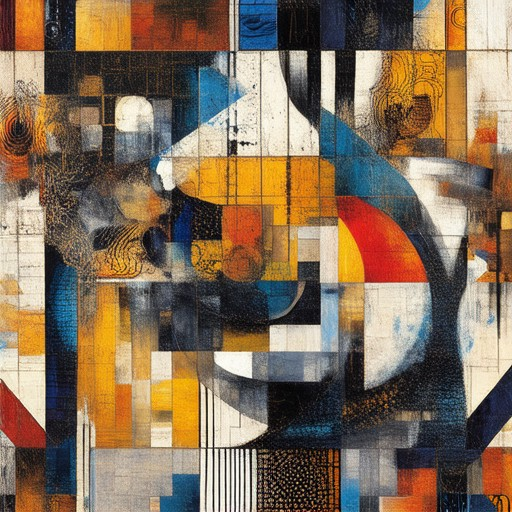
What is an Artist’s Inspiration Called?
An artist’s inspiration is often referred to as a muse . A muse is typically a person who serves as a source of creative inspiration for an artist. Musicians, writers, painters, and other creatives often credit their muses for sparking ideas and motivating their work. For instance, a filmmaker might mention an actor as their muse, meaning the actor’s presence or performance inspired the creation of a film.
While a muse is commonly associated with a person, inspiration can also come from other sources such as nature, emotions, or even abstract concepts. The concept of a muse has evolved over time, with different cultures attributing it to various entities.
Explore more creative insights and inspiration on Patrick Mettraux.
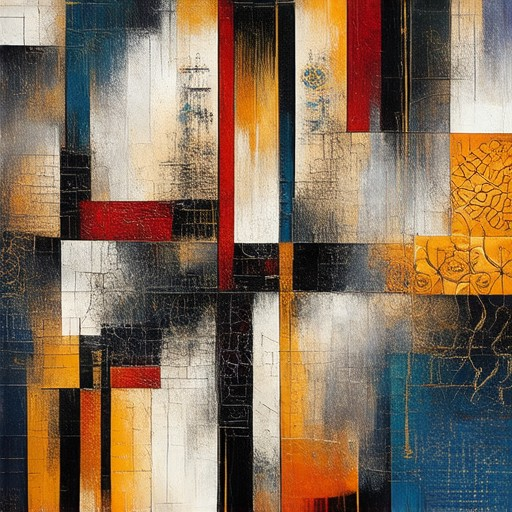
How Do I Find Inspiration for Art?
To find inspiration for art, consider exploring a variety of sources and techniques that stimulate your creativity. Here are some effective strategies:
- Explore the World Around You: Look for beauty in everyday objects, nature, and people. Sketching or taking photos can help capture moments that spark ideas.
- Visit Museums and Galleries: Expose yourself to different art styles and historical periods. This can broaden your perspective and inspire new ways of expressing yourself.
- Study Great Artists: Analyze works by masters like da Vinci, Van Gogh, or Picasso. Understand their techniques and styles to develop your own unique approach.
- Engage with Nature: Spend time outdoors to observe patterns, colors, and textures in the environment. This can lead to fresh ideas for your artwork.
- Experiment with New Media: Try different mediums like watercolor painting, sculpture, or digital art to discover what feels natural and inspiring to you.
- Read Books and Watch Documentaries: Biographies of artists and art-related films can provide insight into their creative processes and motivations.
- Join Art Communities: Participate in local art groups or online forums where you can share ideas and receive feedback from fellow artists.
- Practice Mindfulness: Meditate or spend quiet time thinking about themes or subjects that interest you. This can help clarify your artistic vision.
- Use Creative Tools: Leverage tools like sketchbooks, journals, or digital tools to document your thoughts and explore new ideas.
Remember, inspiration is a personal journey. What sparks one artist may not work for another. Keep experimenting and pushing your boundaries to find what truly ignites your creativity.
Where Do Artists Get Their Inspiration?
Artists draw motivation from a diverse array of sources, each contributing uniquely to their creative process. These sources include:
Muses and People
Historically, many artists have found inspiration from specific individuals known as muses. These figures often possess unique qualities that spark creativity. For instance:
- Beethoven was inspired by the love of his life, Countess Giulia Guini.
- Raphael found inspiration in his colleague and friend Agostino di Cesare.
- Van Gogh derived much of his work from his brother Theo, who supported him emotionally and financially.
Nature and Environment
Many artists turn to the natural world for inspiration. Landscapes, seasons, and natural phenomena often serve as subjects or motifs. For example:
- Monet painted numerous landscapes featuring his beloved Normandy countryside.
- John Constable captured the English countryside in his famous paintings.
- Georgia O’Keeffe found inspiration in the desert landscape of New Mexico.
Personal Experiences and Emotions
Artists frequently channel their own feelings and experiences into their work. This introspective approach leads to deeply personal and meaningful creations. Notable examples include:
- Edvard Munch’s “The Scream” was born from his anxiety and fear during a stressful period.
- Francisco Goya’s “The Naked Truth” reflects his struggles with mental health and old age.
- Salvador Dalí often incorporated his recurring nightmares into his surrealistic paintings.
Art History and Cultural Context
Artists are influenced by the works of previous artists and their cultural surroundings. This lineage can be seen in:
- Rembrandt’s “The Night Watch” pays homage to medieval religious art while innovating it.
- Impressionist painters like Claude Monet were influenced by earlier movements like Romanticism.
- Modern artists often draw from movements like Feminist Art or Abstract Expressionism.
Everyday Life and Ordinary Objects
Sometimes, the simplest things inspire artists. Everyday objects and scenes can become the basis for masterpieces. Examples include:
- William Henry Fox Talbot created early photographs of ordinary scenes.
- Andy Warhol used common objects like soup cans to critique consumer culture.
- Marcel Duchamp found inspiration in everyday actions and situations.
The sources of artistic inspiration are vast and varied, offering endless possibilities for creation. Whether it’s through people, nature, personal experiences, or history, artists continually discover new ways to express their unique visions.
For more insights into artistic inspiration and creativity, visit Patrick Mettraux , a platform dedicated to fostering creativity and innovation.
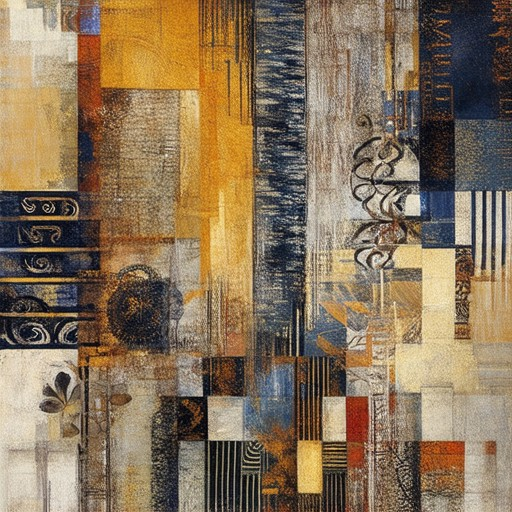
What to Do When You Have No Inspiration for Art?
If you’re struggling to find inspiration for your art, remember that every great creation begins with a step toward exploring the unknown. Here are some effective strategies to reignite your creative spark:
- Embrace the Process : Inspiration often emerges from the act of creating itself. Start a sketchbook to document ideas, experiment with materials, and see where your curiosity leads.
- Explore New Mediums : Step out of your comfort zone and try a different medium, like watercolor or digital tools, to discover fresh possibilities.
- Look at Collections : Visit online galleries, museums, or art collections to see how masters approached their work. Patrick Mettraux often highlights fascinating artistic journeys.
- Read Articles : Dive into interviews with artists, watch behind-the-scenes videos, and read about their creative processes to find motivation and techniques.
- Experiment : Don’t wait for perfect ideas. Play around with shapes, colors, and textures. Sometimes, the most unexpected combinations inspire breakthroughs.
- Seek Feedback : Share your work with trusted friends or mentors who can offer constructive criticism and new perspectives.
- Reflect on Motivation : Ask yourself why you create. Reconnect with your passion and set personal goals that align with your vision.
- Take Breaks : Step away from your work occasionally to refresh your mind. Sometimes, a short hiatus can clarify your thoughts and reignite your enthusiasm.
Conclusion : Remember, inspiration is a journey, not a destination. Keep experimenting, exploring, and learning. Visit Patrick Mettraux for more creative insights and tips to overcome artistic blockades.
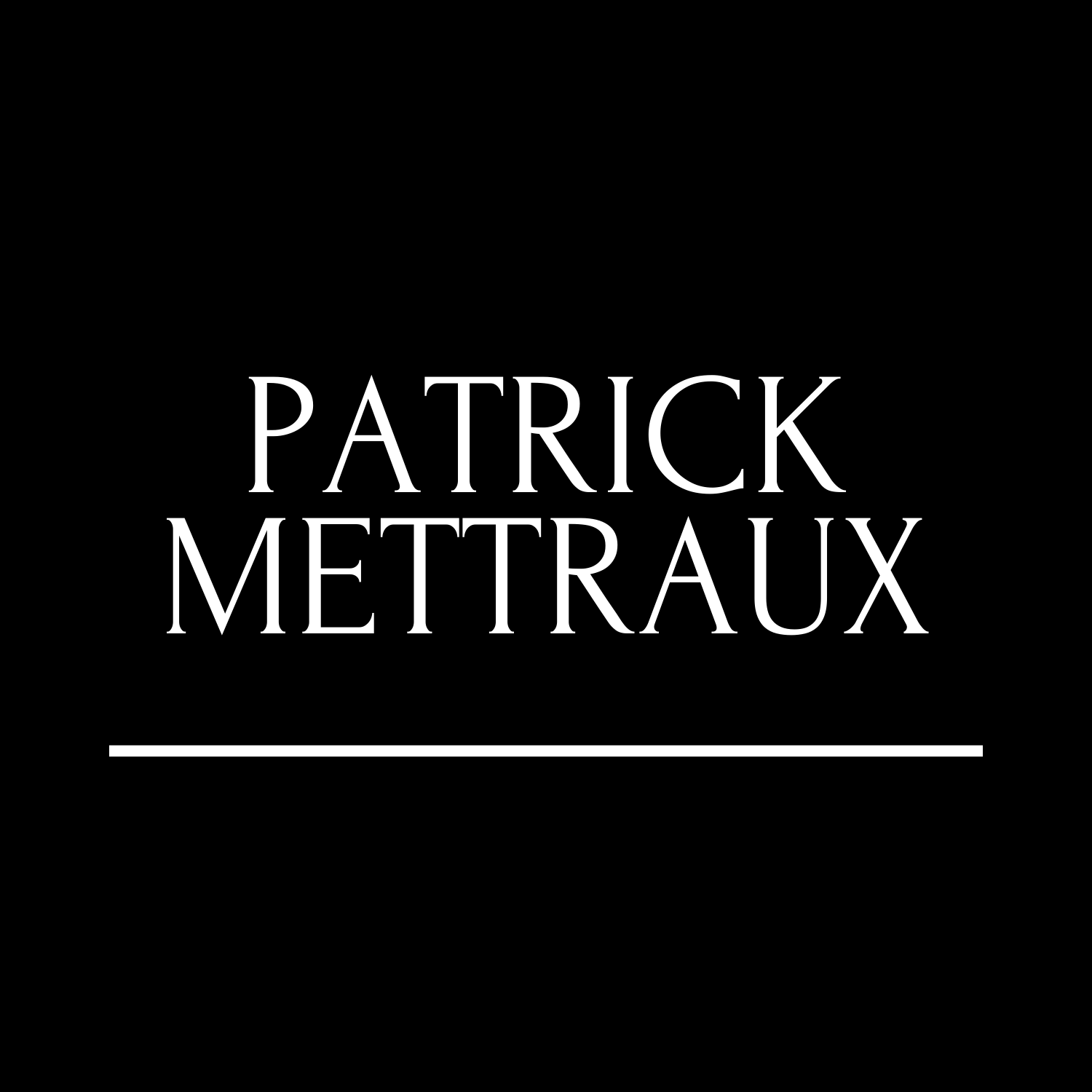
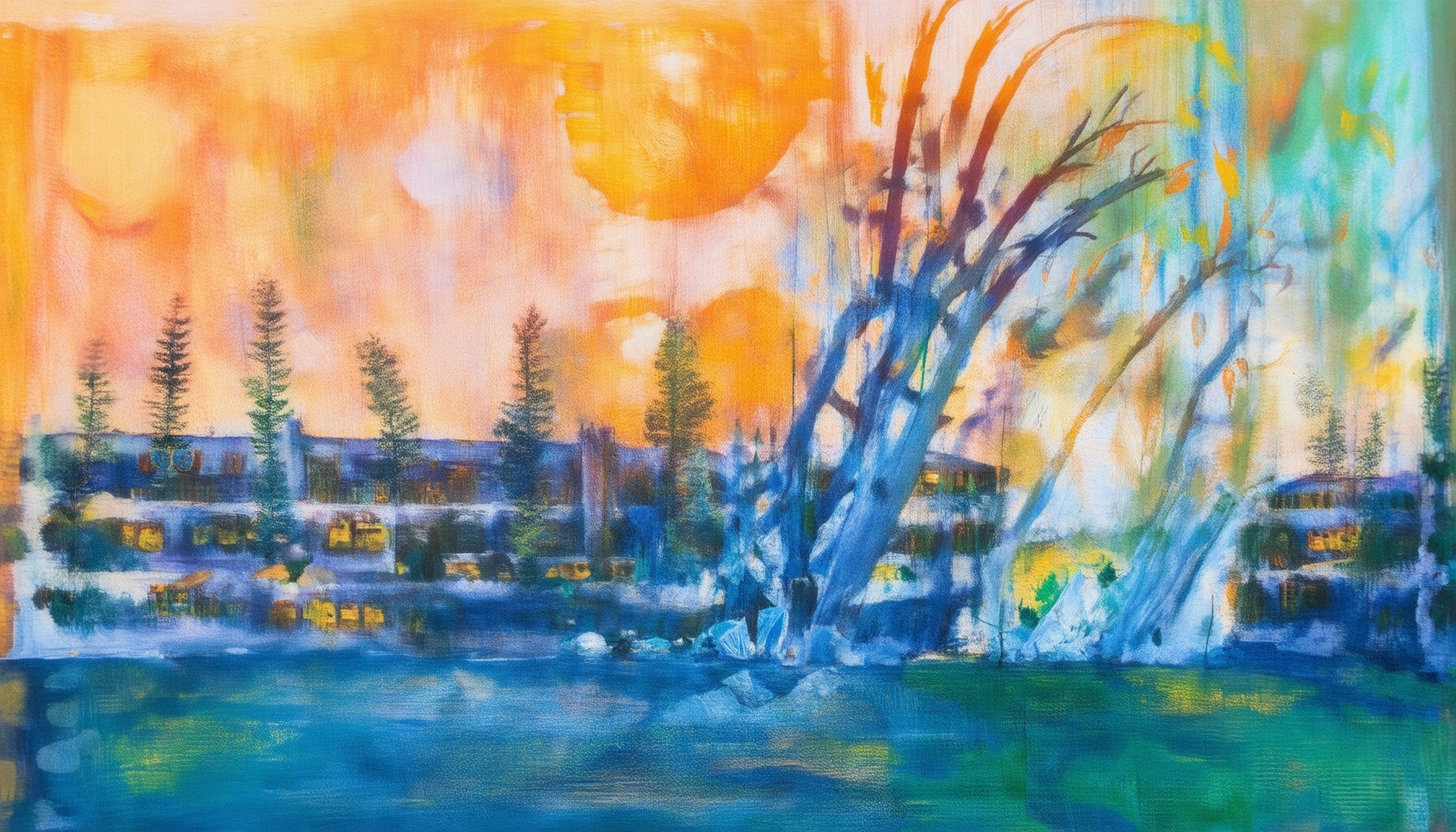
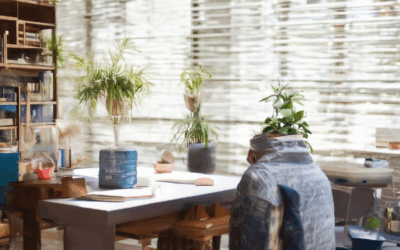
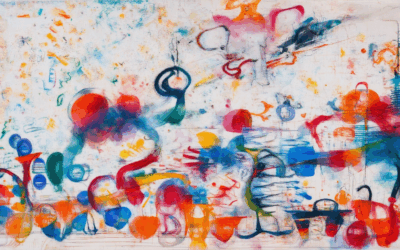

0 Comments